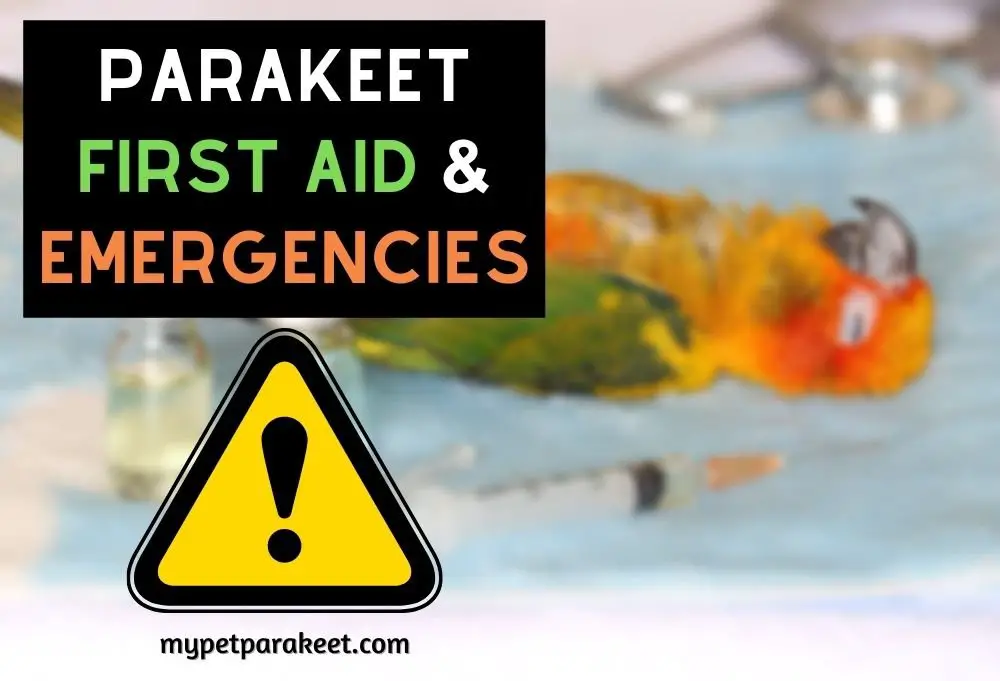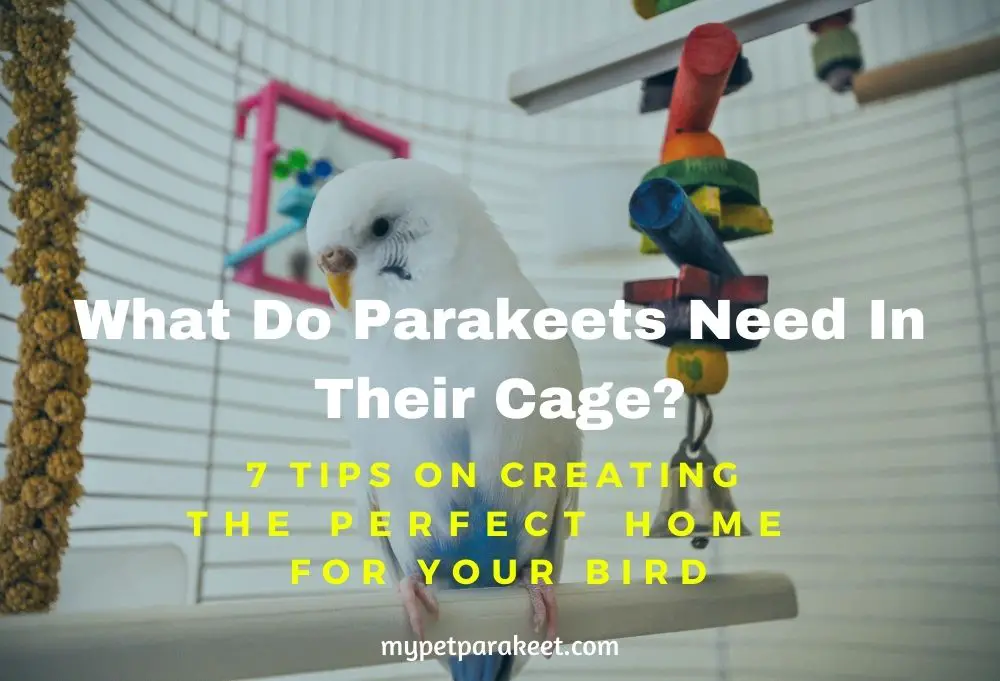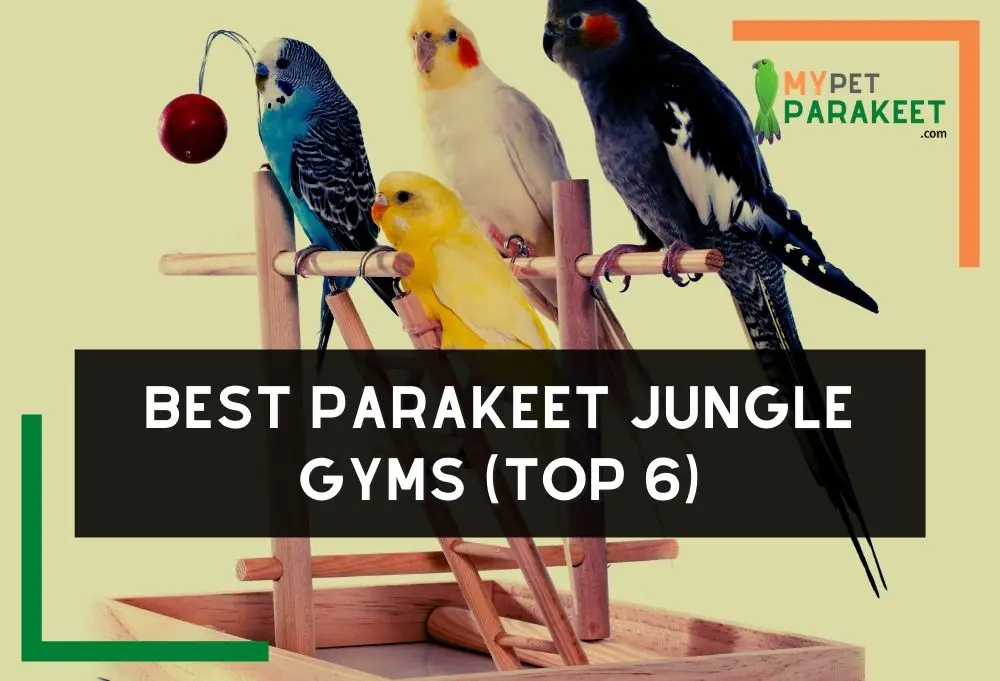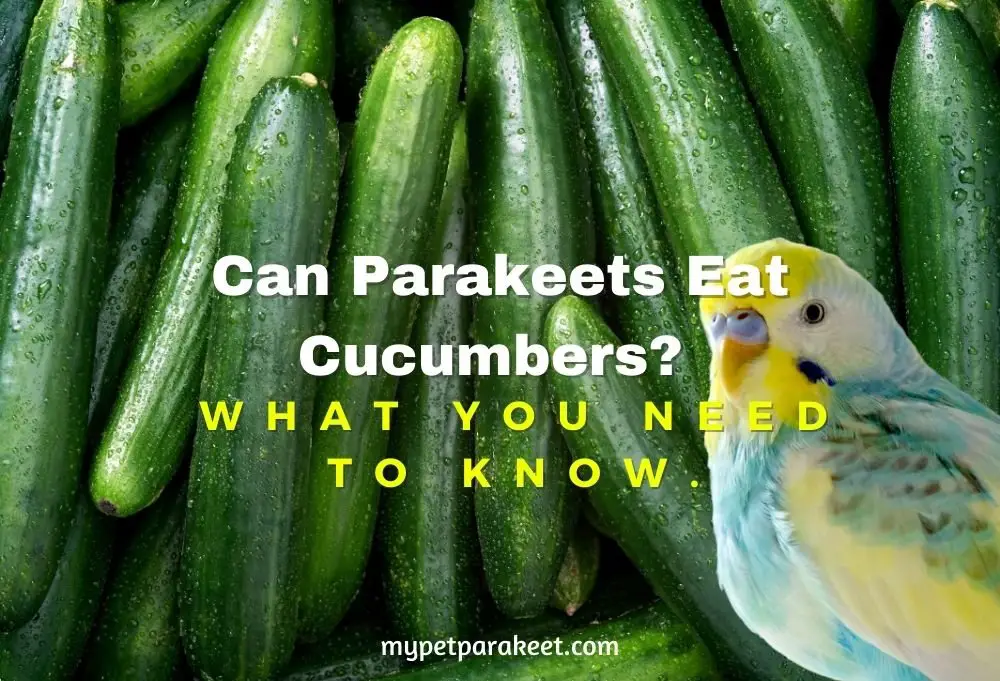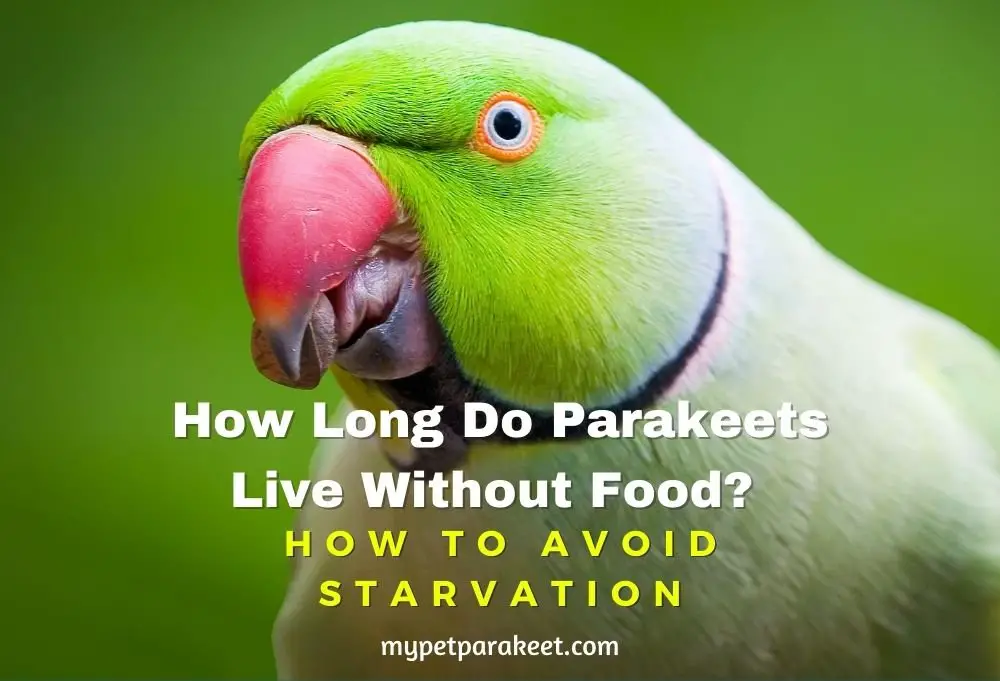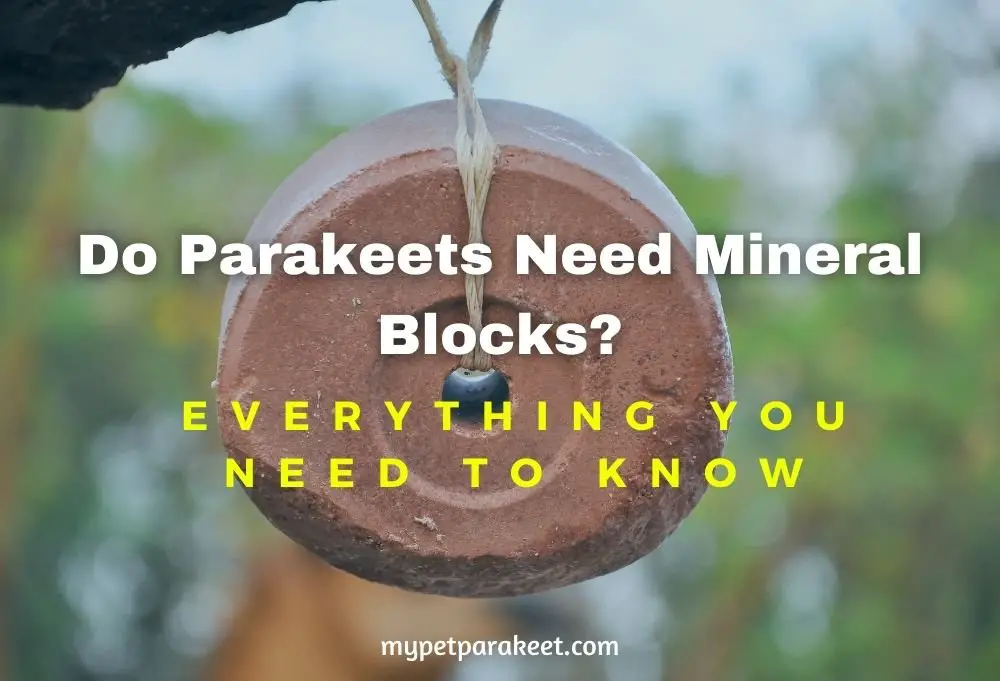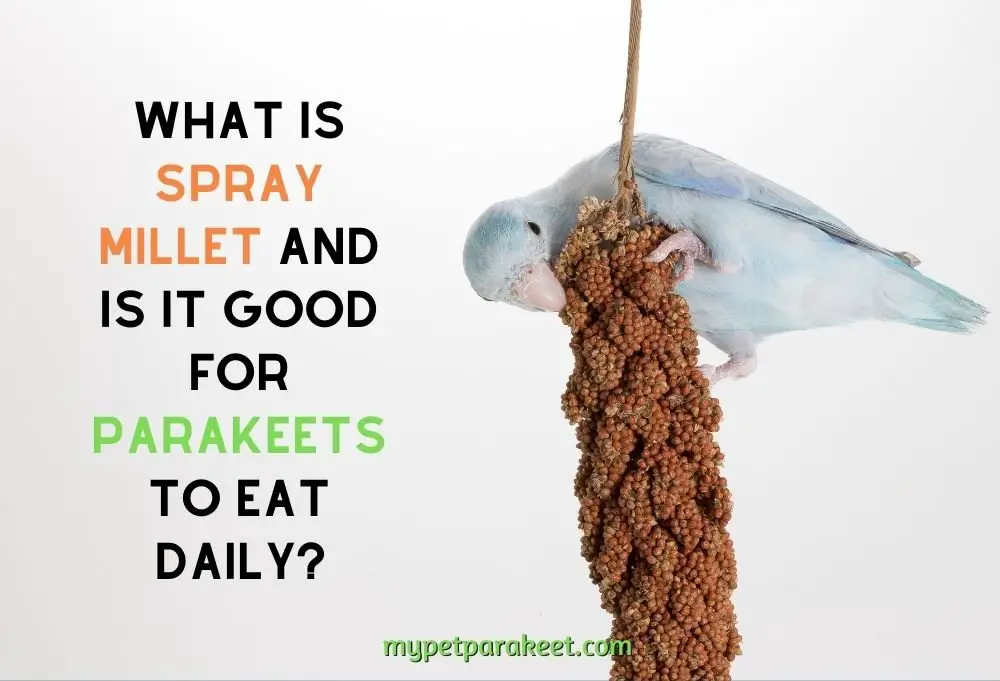We all know parakeets love seeds. In fact, you can go to Britannica and read all about this small, seed-eating bird (which is how they've described them). But parakeets are also capable of eating many other types of healthy foods. And if you want your feathered-friend to live a long life, you will do best to incorporate those into his diet! Healthy treats go a long, especially when you want to train or bond with your parakeet. But what kind of treats do parakeets like?
Parakeets love nature’s candy, fruit! They like fruit such as bananas, kiwi, raspberries and cherries, just like humans do. They also like vegetables like kale, cucumbers and carrots, crushed nuts, and even boiled eggs! Yet, most of all, a parakeet's favorite treat is spray millet.
So if you want your parakeet to like you, make sure you have plenty on deck.
What foods can I give my parakeet?
When you want to feed your parakeet, you have many options to pick from; seeds, fruits, veggies, nuts, store bought snacks, and more.
Some foods like vegetables and fruits are ideal to supplement the bird’s diet. However, you will need to understand your bird’s preferences as it will love some fruits and veggies with different textures.
Fruits
Before giving your parakeet fruits, you need to ensure they are raw and clean before serving them. Also, serve the fruits in chopped slices so it is easier for the bird to eat.
If you’ve just brought your parakeet home from a pet store, there is a chance they are only comfortable eating seeds and grains, and so will struggle eating a fruit. So, you can sprinkle millet spray or dip the fruit in a seed mix to entice them.
Some of the healthiest fruits to give your parakeets are;
- Bananas.
- Apples. It is best to also remove the apple seeds as the bird could choke on them.
- De-stoned cherries
- Ripe elderberry, but remove the leaves and stem which are toxic for parakeets
- Mangoes, having removed the seed
- Kiwi fruit
- Pears after removing the seeds
- Papaya
- Strawberry
- Loquat, after removing the seeds
Vegetables
You can also feed these vegetables as part of the bird's diet, and as treats when training the parakeet. Here are some of the vegetables your parakeet will enjoy;
- Carrots and carrot greens
- Celery stalks
- Broccoli
- Cauliflower
- Kale
- Cucumber
- Chicory
- Squash
- Sweet potatoes
- Ripe tomatoes
- Radish
- Pumpkin
In addition to these vegetables, you could also feed some herbs to your parakeet such as lemongrass, basil, mint, coriander, fennel, dill, and more.
Nuts
Ensure you crush them into smaller pieces so the bird is able to swallow them. Some of the best nuts for parakeet are;
- Almonds
- Peanuts
- Walnuts
- Pecans
- Pistachios
Spray Millet
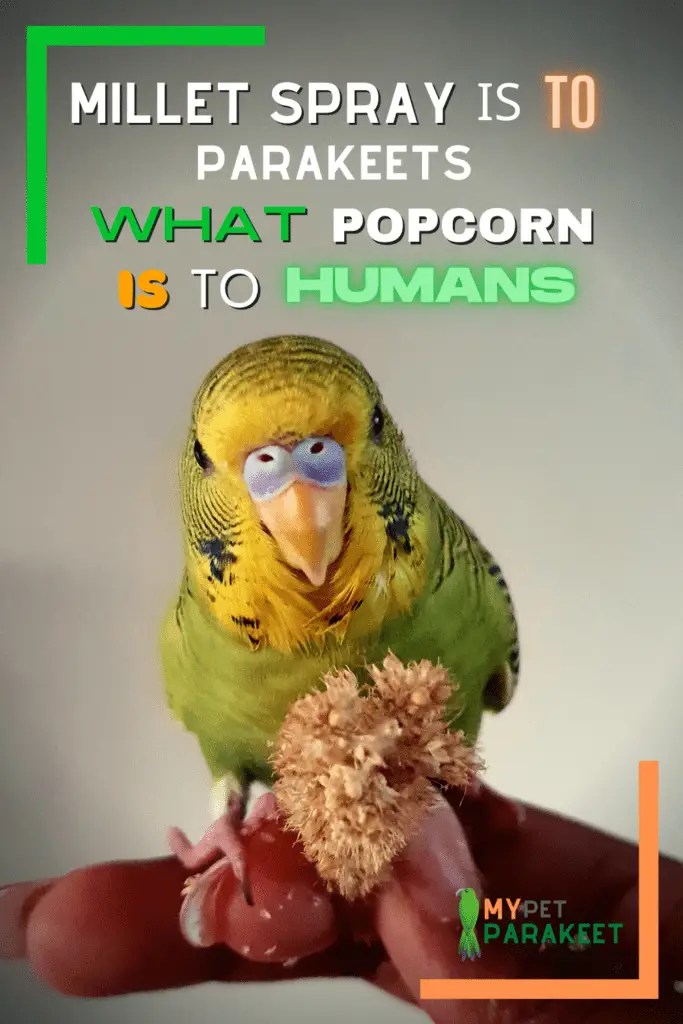
Spray millet or millet spray is the ultimate crowd-pleaser.
It is like popcorn to your parakeet and if given the chance, your parakeet will eat it all day every day.
However, just like popcorn, it will not give your bird all of the nutrients it needs from a balanced diet, and as such, should be treated (no pun intended) like the ultimate treat it is.
I like to use millet spray as leverage when taming and training birds.
Each time they do something right like follow a command, they get a few nibbles – they expect it and it works every time!
Which food treats should I feed my parakeet?
When you have ensured a balanced diet for your bird, you can also introduce some occasional food treats so your parakeet will enjoy.
You can buy some treats like pellets or prepare some of protein-rich foods such as eggs, tuna, and meat.
If you decide to try out some pellets, it would be better to get them from your veterinarian as most pellets from pet stores can contain additives and artificial colors that aren’t good for a parakeet.
If you want to give proteins; you can hard boil the eggs. Be sure to offer it plain with no seasonings on it and only give a very little amount to your parakeet every two weeks.
You can also feed your parakeet whole-grain bread every once in a while. You will need to avoid sweet bread as you don’t want to feed unhealthy sugars that can risk your bird’s health.
Peanut butter is another healthy choice for parakeet treats. It is rich in protein, and you can smear it on some vegetables like celery sticks.
Parakeets also enjoy eating raw or cooked pasta which gives them extra energy to play around the cage. If you cook for your bird, make sure you don't add salt and serve cool. You can even mix the pasta with your bird’s favorite vegetables.
You can also hang spray millet in the cage so your bird can peck on it. However, make sure you don’t give too much of it as it can cause unwanted weight gain, thus affecting your bird’s health.
What treats are bad for my parakeet?
While a good treat once in a while will do your parakeet no harm, there are some treats you should completely avoid as they can cause serious health issues for your bird. Some of these are;
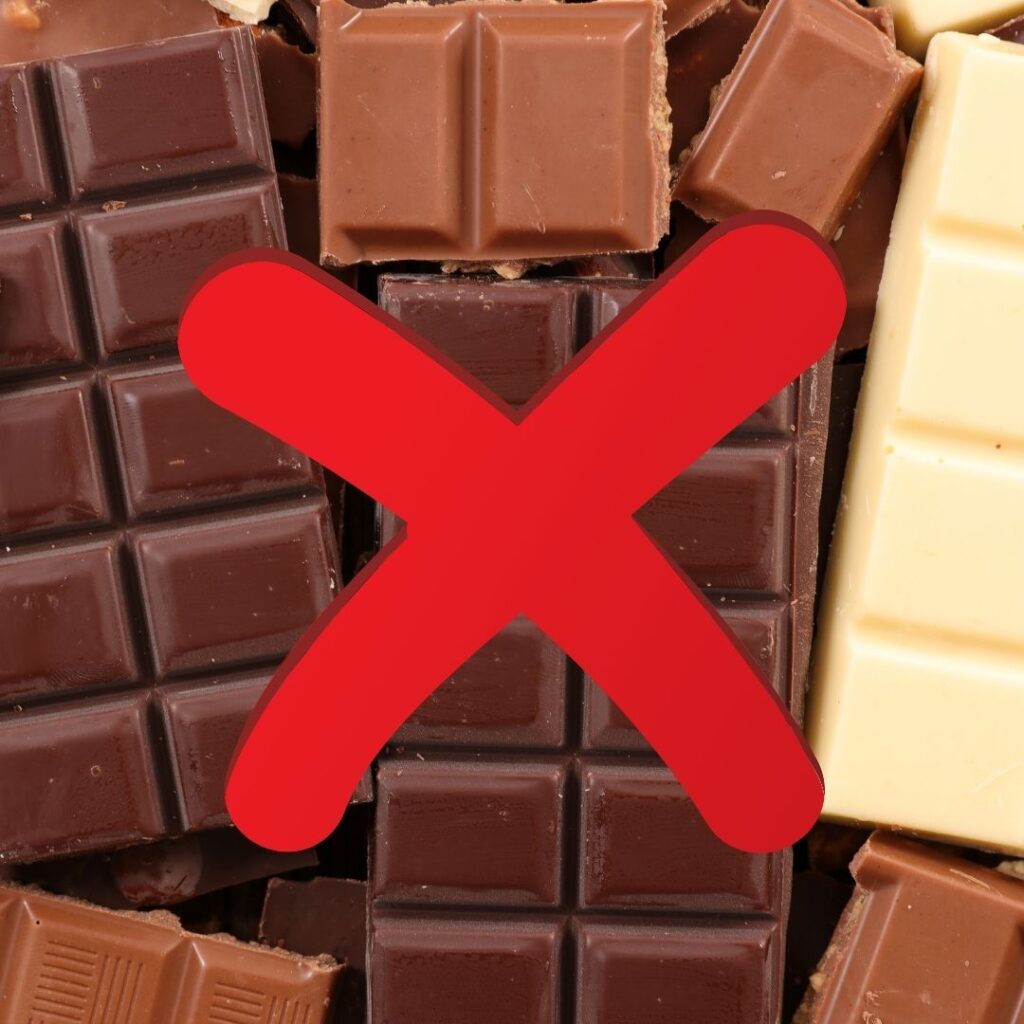
- Onions and garlic since they contain thiosulphate, an ingredient considered toxic for pets
- Chocolate since it contains caffeine
- High fat and high sugar foods
- Avocado
- Fruit pits and seeds
How often should I feed treats?
While your parakeet needs to eat seeds, fruits, and vegetables daily, you should only provide other treats such as peanut butter, bread, and pasta occasionally.
Foods like meat and eggs should only be fed once or twice every two weeks. Peanut butter, spray millet should also be fed once a week at most for good health.
Tips For Feeding Your Parakeet New Foods
If you get your bird from a pet store, they will be accustomed to eating seeds and or pellet mixes. Thus, you will need to introduce fruits and vegetables, gradually.
Here are a few tips you can use to get your bird eating in a few days:
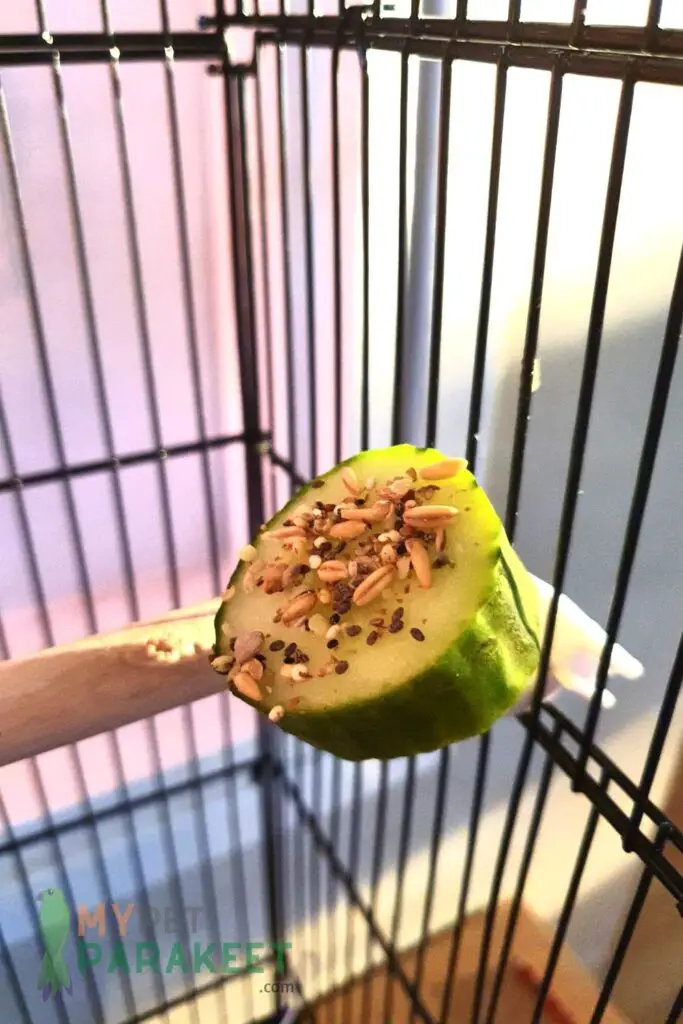
- Dip a fruit such as a banana, or a vegetable such as cucumber in a seed mix and leave it in the cage. Soon, your parakeet will try to feed on the seeds, and will slowly get accustomed to the taste of the new foods.
- Serve seeds with some dried fruits in the bowl.
- You can serve different types of fruits and veggies in one bowl and observe which ones your bird will eat while ignoring others.
- Serve new foods in very small portions so it is easier for them to feed.
- Remove all uneaten foods every day so they don’t go stale.

